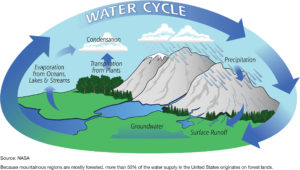 The rise in population along with climate change, influences water stress.
The rise in population along with climate change, influences water stress.
According to an article in American Water Works Association, the US Department of Agriculture Forest Service will modernize its research from 2011 explaining the correlation between watershed health and drinking water supplies.
Sally Claggett, program coordinator for the US Forest Service in Annapolis, MD, writes “Land‐use decisions related to water will become more important as the earth becomes more populated. In the United States, populations continue to grow, which means a larger urban footprint and more water needed for agricultural, industrial, and household uses in the country. So as pressure for clean water increases, land conversion and climate change also apply pressure on the resource. As the US Department of Agriculture Forest Service (USFS) and partners embark on an update to the 2011 Forests to Faucets analysis, the aim is to promote better understanding of the connection between natural landscapes, water quality, and water availability with an eye to the future.”
As populations increase and climate change continues, so does demand for water, inducing water stress.
Click here to read more about the research and scope of study.

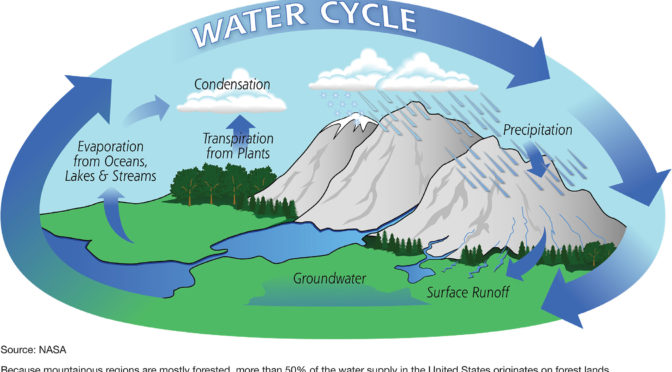
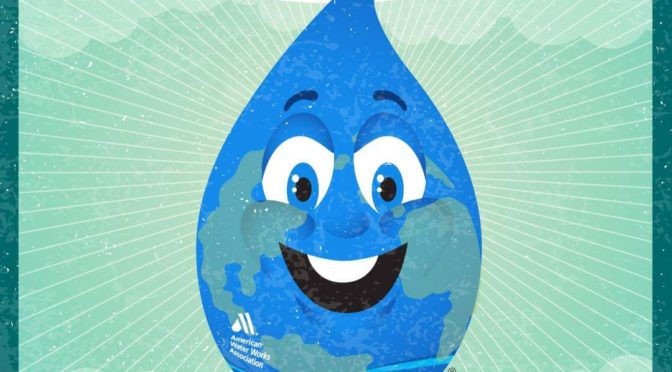
 To stimulate progressive action in conservation of our natural habitat.
To stimulate progressive action in conservation of our natural habitat.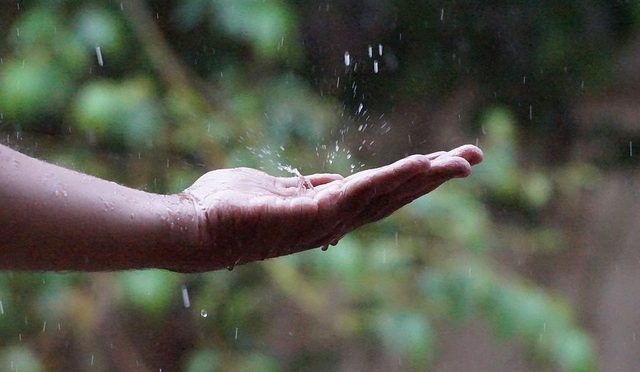
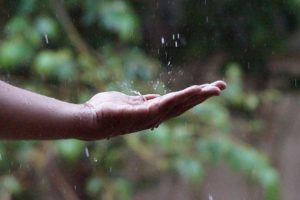 Construction projects throughout the Pacific Northwest are incorporating conservation practices and rainwater harvesting into their designs in order to meet new stormwater management requirements set by city, state, and federal mandates.
Construction projects throughout the Pacific Northwest are incorporating conservation practices and rainwater harvesting into their designs in order to meet new stormwater management requirements set by city, state, and federal mandates.